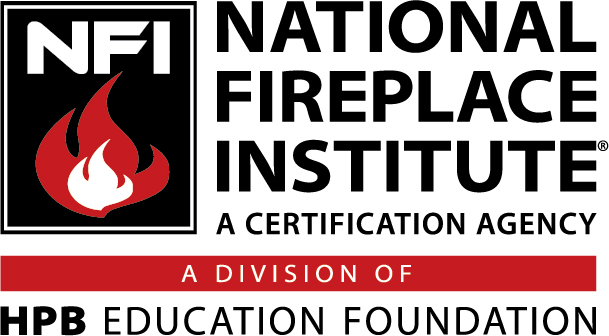NFI Pellet Specialist
Diversity in product design continues to characterize the pellet industry. The challenge of this manual is to provide the professional with an organized, useful overview of industry products and their working principles while recognizing that the many design variations and installation/service specifications are the responsibility of appliance and venting manufacturers. The fundamentals provided here are intended to broaden industry knowledge and to serve as the foundation for effective manufacturer education efforts.
The manual also reflects the realization that the reputation of the whole pellet industry is linked to the performance of each appliance. The organized, objective pooling of industry knowledge is therefore a fundamental professional tool. Development and improvement within this segment of the hearth industry continue even as this work is published. That work will be complemented by the foundation of professional knowledge and recognition represented in this reference manual and the certification exam supported by it.
INSTALLATION AND SAFETY STANDARDS
Installation portions of this study manual reference NFPA Standard 211, Chimneys, Fireplaces, Vents and Solid Fuel-Burning Appliances 1 and International Residential Code 2 requirements. See Appendix A, Regulations, Standards, and Codes.
The majority of state and local governing bodies have building codes that dictate rules for installation of solid fuel appliances. State and local codes are often developed from a model code. Normally, these codes have the force of law and should be strictly followed. It is important to note that this study guide is not intended to be used as a code or as a standard. In some cases, local codes will differ from the information included herein. Building officials often reference codes in citing requirements for the installation of solid fuel appliances. It is important for an installer to know which codes apply in the areas in which he or she is installing pellet, wood, or coal burning heaters. To find out which codes apply, it may be necessary to contact the local municipal, county, and/or state offices that have jurisdiction.
OBLIGATIONS OF PELLET HEARTH PROFESSIONALS
Sellers, installers, and service technicians of hearth appliances assume certain moral and legal responsibilities. The moral responsibility is clear. Improper installation or service potentially can lead to fires and other hazards resulting in loss of life and property.
Technicians and planners should also understand that legal action can arise from improperly installed and serviced appliances. If an accident occurs, all involved parties may be named in a lawsuit; this includes the manufacturer, the distributor, the retailer, the installer or service technician, the test laboratory, the building contractor, and sub-contractor. All interests are best protected if technicians are uncompromisingly attentive to appropriate codes, understand and follow the manufacturer’s installation and service instructions, and use the proper parts and materials.
The current certification exam is based on the 7th Edition Pellet Reference manual. Topics covered in the manual and on the exam include:
• Pellet fuel combustion.
• Pellet fuel standards.
• Fuel delivery systems.
• Combustion air delivery.
• Venting systems.
• Installation planning.
• Service and troubleshooting guidelines.
• Codes and standards.
• Fuel corn characteristics.
• Combustibles and floor protection.

